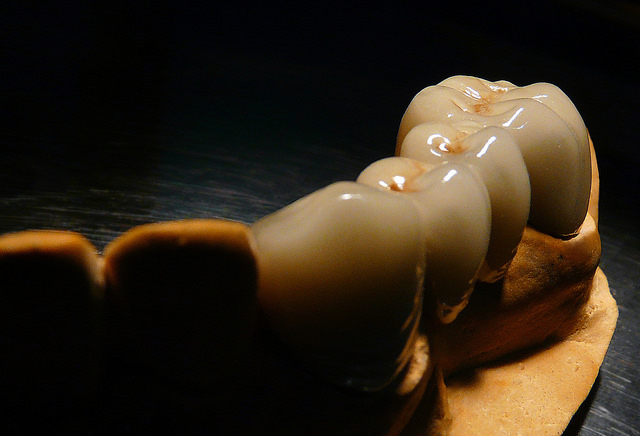Like this article? Chip in to keep stories likes these coming.
Restorative justice is one of those terms that manages to evoke without explaining.
Yet when Dalhousie University opted to use restorative justice in its resolution to the posting of violently misogynistic Facebook comments by a group of male dentistry students, the model itself came under scrutiny: what, exactly, is restorative justice?
The short answer is that there is no short answer. Unlike the rules and regulations of the criminal code, restorative justice refers more to a set of principles than strict procedures.
For Fia Jampolsky, a Whitehorse-based lawyer whose work in Legal Aid and Yukon Human Rights Commission has drawn on the principles of restorative justice, this flexibility is part of its strength.
“Part of restorative justice in some ways was a response to cater or include the needs of the victim in a way that they never had been,” she said, adding that “because there’s no rules or set ways of doing it, it can move towards looking at what the greater needs of a community are.”
In this model, the harm of an offense is not just a wrong visited on one individual by another, but a tear in the fabric of the community as a whole. Repairing that tear, therefore, is best accomplished through the involvement of the community as well as the victim and offender.
This is achieved through a variety of tactics ranging from reconciliation measures facilitated by trained, neutral mediators such as peacemaking circles, circle sentencing and victim/offender mediation to alternative measures that include community service, public speaking and restitution to the victim.
In this way, restorative justice aims to accomplish the aim that’s written into the name itself; that is, restoring and rebuilding relationships and communities that have been ruptured by a crime.
Whereas research suggests that victims of crime often feel either re-victimized or ignored by the criminal justice system, Jampolsky said, while restorative justice places relationships at the centre of the process.
“I think they hope to be able to hold offenders accountable for their actions but allow them to make amends in a way that traditional systems don’t allow you to.” she added.
The introduction of the process has had tangible benefits in many places. When the Nova Scotia Human Rights Commission introduced the model in 2012, its 180-case backlog quickly evaporated.
For offenders, restorative justice offers an opportunity to explain the circumstances of the offense, and in cases where restorative justice is deployed before a charge is laid, it can hold them accountable without imposing a criminal record.
This has been particularly important for young offenders in Canada. In 2003, the Youth Criminal Justice Act, incorporating restorative justice principles, was introduced after it was revealed that Canada had one of the highest youth incarceration rates in the Western world.
Just because the process is flexible doesn’t mean that it is without limits. Practically speaking, this sometimes means barring the use of restorative justice for certain types of offenses; Nova Scotia, for instance, has instituted a moratorium on the use of restorative justice in cases of domestic abuse or sexual assault.
Jampolsky is hesitant to prescribe fixed circumstances in which the use of restorative justice is inappropriate. “I don’t think that you can ever say that there are some situations where it’s never appropriate, I think you have to look at the case on its merits and see what’s appropriate for that particular situation,” she said.
Nonetheless, she added, certain conditions must be met in order for restorative justice to proceed, including the implementation of existing legal procedures alongside restorative justice when appropriate.
While the restorative justice model is victim-centric when compared with the criminal code, there are variations of restorative justice, such as certain types of support or accountability circles, which do not require the participation of the victim. When the victim is involved, however, their participation must be elective in order for the process to meet its goal of providing satisfaction, security and emotional catharsis.
For the offenders, their voluntary participation is essential to the effectiveness of the process; if there is disagreement about the central facts of the situation, restorative justice cannot be used. But where offenders are prepared to accept their responsibility for the harm they’ve caused, restorative justice offers a better chance for offenders to be reconciled with their community than through the criminal justice system alone, Jampolski believes.
“Jail is not the panacea for people seeing the light on how their actions have affected others,’ she notes ‘particularly if you never have any further interaction with that case, you become angry and hardened and you come out without any realization of how it all happened,” she said.
Rather than stopping at assigning blame, as the criminal justice system does, restorative justice provides the offender with the opportunity not only to recognize the wrong, but also to participate in making things right again.
The flexibility of restorative justice may make its use into a balancing act. As the case of Dalhousie shows, when there are doubts about the way the process is implemented, this can undermine the trust and confidence it’s meant to inspire.
Yet Jampolsky emphasizes that when compared to the rigidity of a criminal code that polarizes the relationship between punishment and clemency, restorative justice is at least a step in the right direction.
“Traditional court processes help very few people when it comes down to it,” she says “I think we have to come up with a different notion of what justice means, and it needs to be accommodating to more people in our society.”
Moira Donovan grew up in and attended university in Halifax, where she earned a BA in philosophy from the University of King’s College. Post-graduation she moved across the Atlantic, living in France before completing her MSc in philosophy in London in 2014. She currently lives in Halifax.
Like this article? Chip in to keep stories likes these coming.



